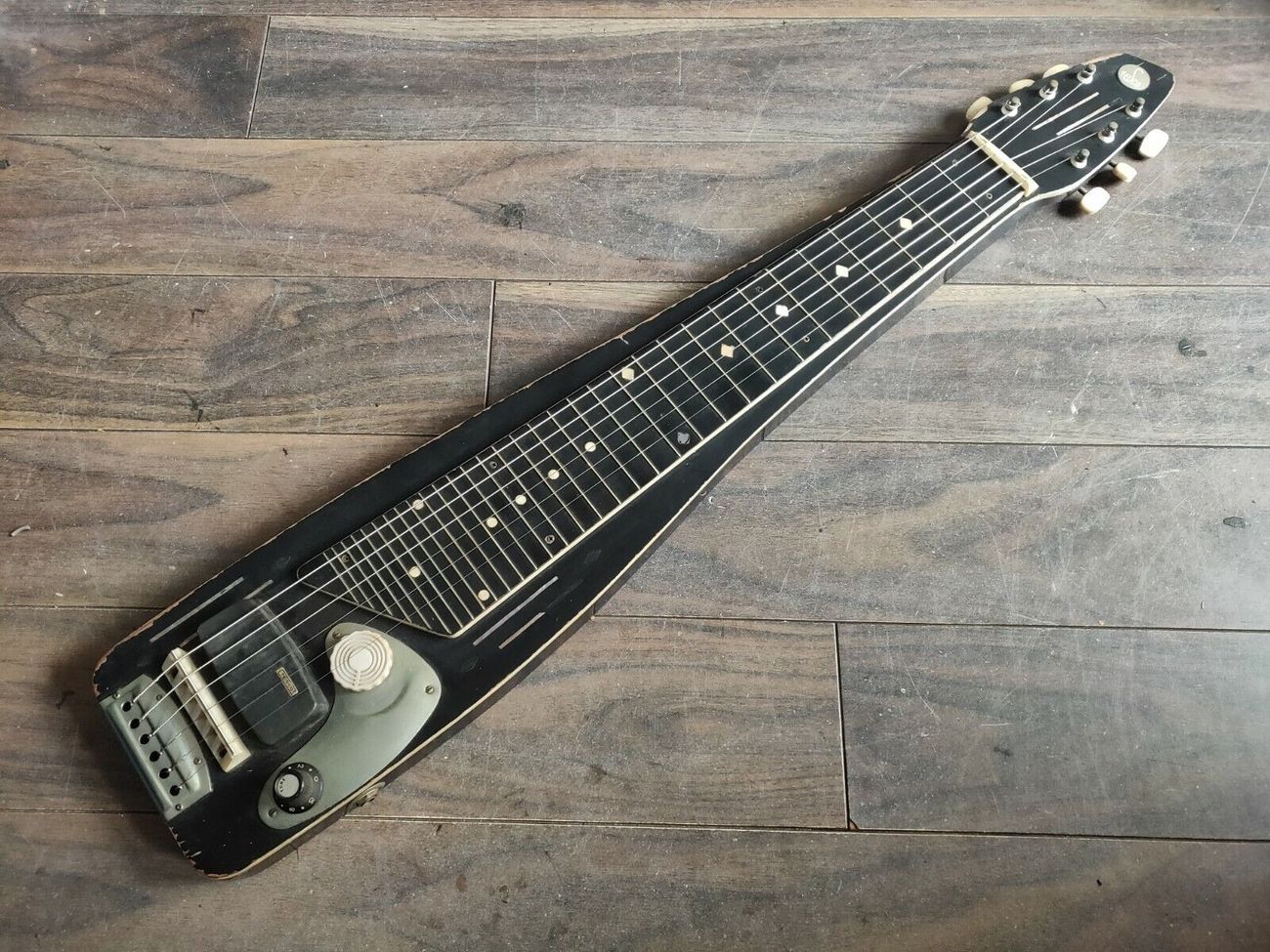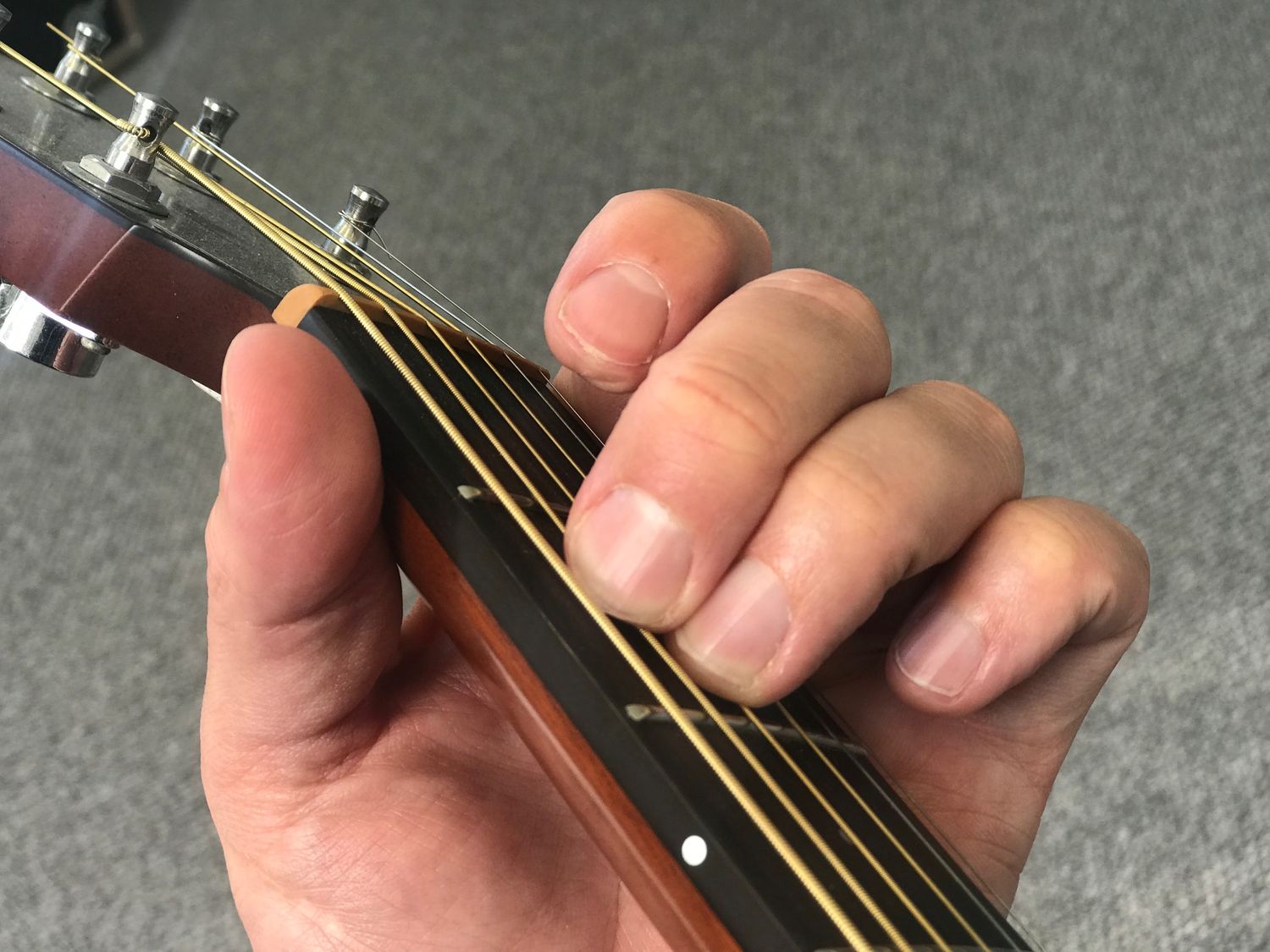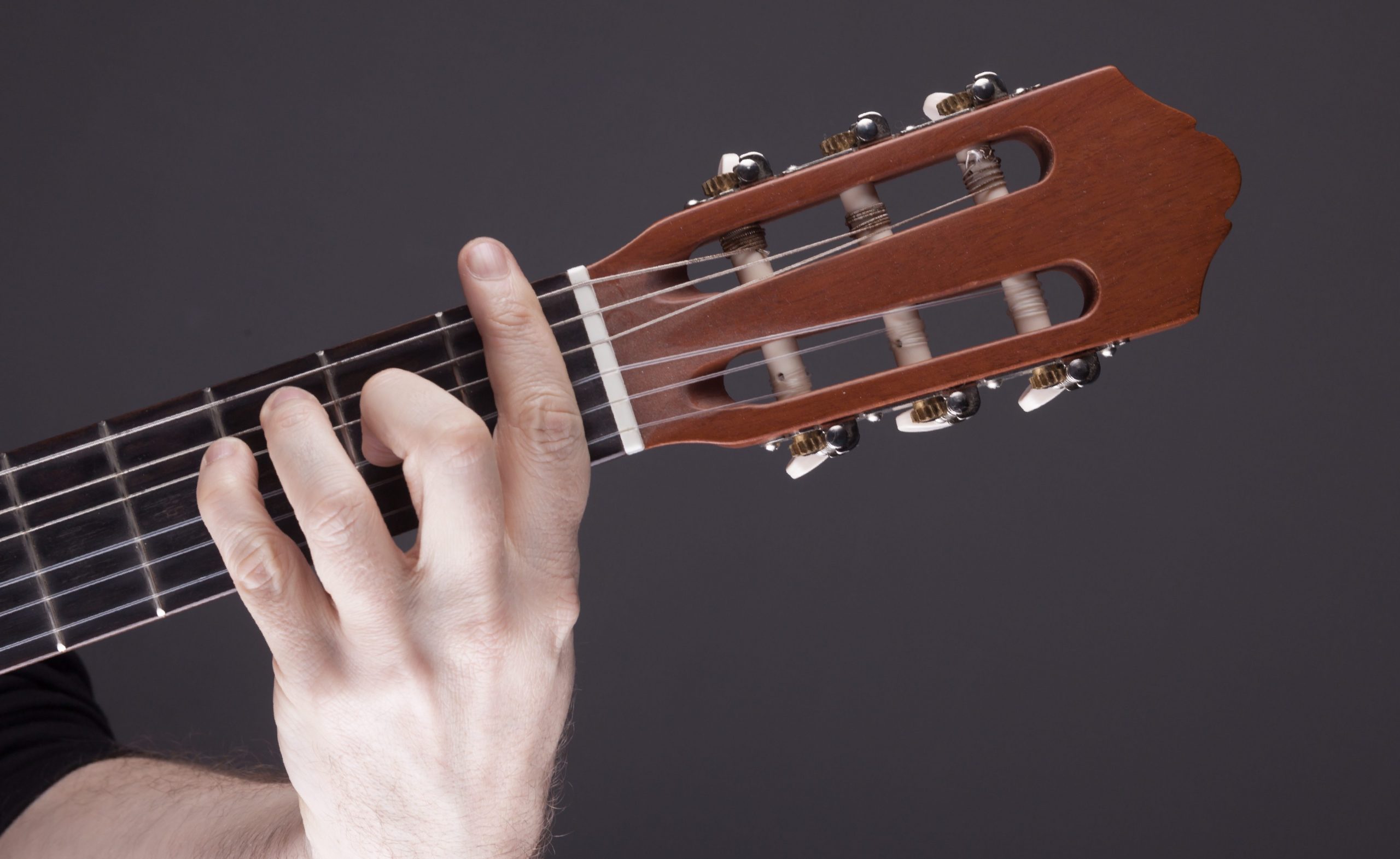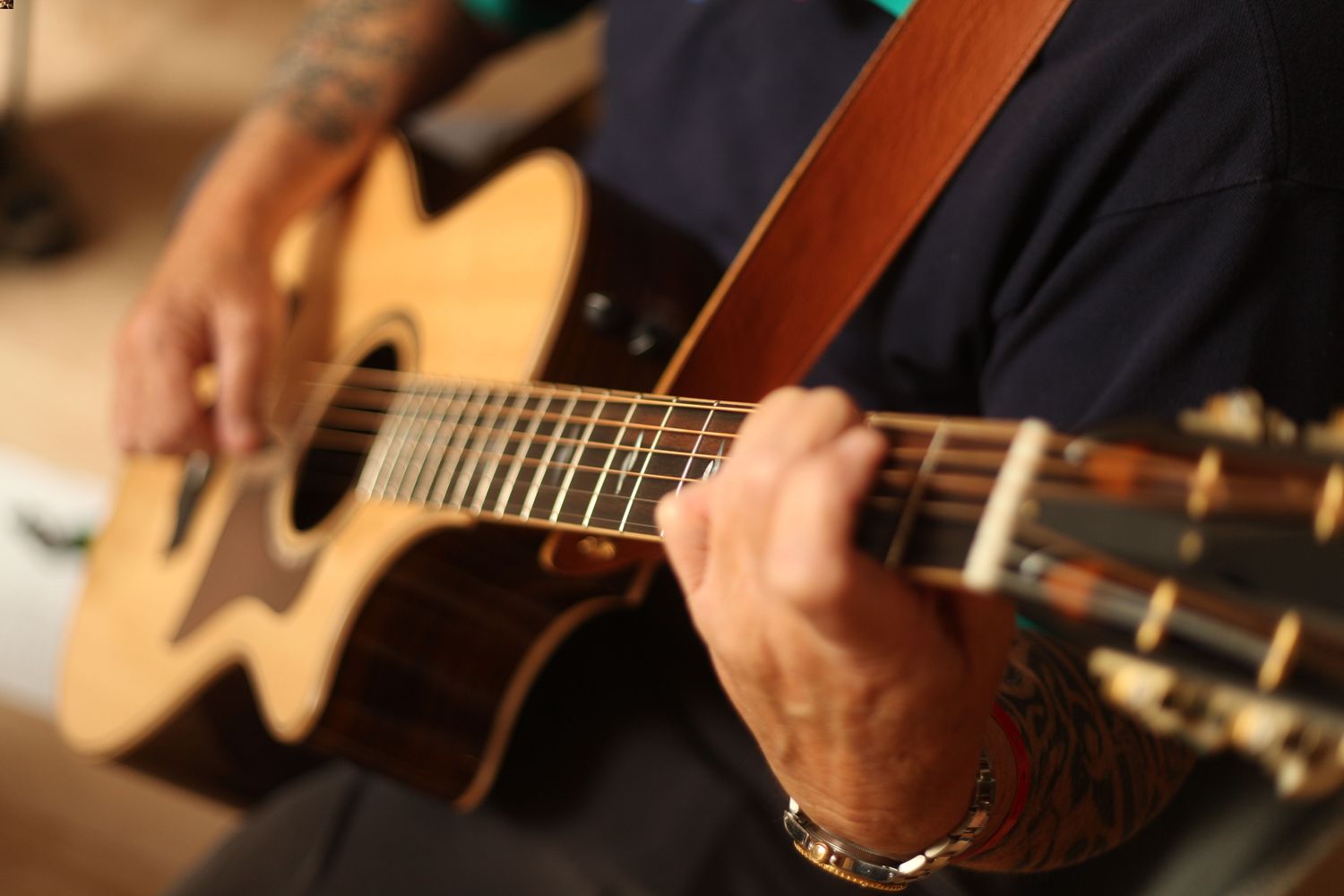Home>Instruments>Guitar>How To Play C Minor On Guitar
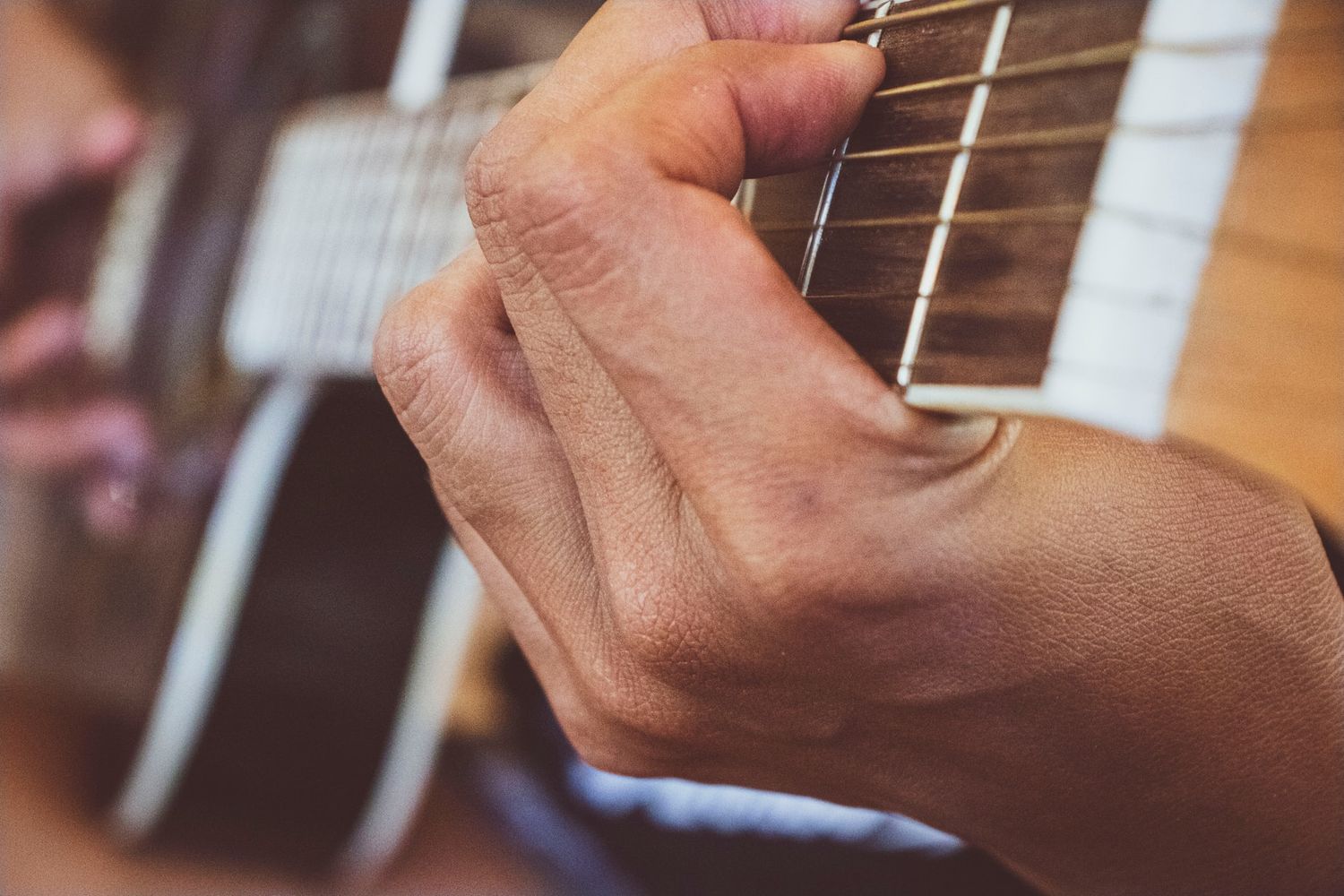

Guitar
How To Play C Minor On Guitar
Published: February 13, 2024
Learn how to play the C minor chord on guitar with these easy step-by-step instructions. Master the basics of guitar playing and start strumming in no time!
(Many of the links in this article redirect to a specific reviewed product. Your purchase of these products through affiliate links helps to generate commission for AudioLover.com, at no extra cost. Learn more)
Table of Contents
**
Introduction
**
Playing the guitar is a rewarding and enjoyable experience, allowing musicians to express their creativity and emotion through music. One fundamental aspect of mastering the guitar is learning various chords, which form the building blocks of countless songs across different genres. In this article, we will delve into the captivating world of the C minor chord, exploring its nuances and providing valuable insights on how to play it on the guitar.
The C minor chord, often denoted as Cm, is a foundational chord in the musical lexicon. Its melancholic yet beautiful sound adds depth and emotion to compositions, making it a popular choice for songwriters and guitarists. Understanding and mastering the C minor chord is essential for any guitarist looking to expand their repertoire and musical prowess.
Throughout this article, we will dissect the C minor chord, uncovering its unique characteristics and exploring the various ways it can be played on the guitar. Additionally, we will delve into common variations of the C minor chord, enabling you to add flair and individuality to your musical arrangements. Whether you are a beginner eager to learn the basics or an experienced guitarist seeking to refine your skills, this comprehensive guide will equip you with the knowledge and techniques needed to master the C minor chord on the guitar.
Join us on this musical journey as we unravel the intricacies of the C minor chord, unlocking its potential to elevate your guitar playing to new heights. Let's embark on this enriching exploration of one of the most evocative and versatile chords in the guitar repertoire.
Understanding the C Minor Chord
Before diving into the intricacies of playing the C minor chord on the guitar, it’s essential to grasp the theoretical foundation of this fundamental chord. The C minor chord is comprised of three essential notes: C, Eb, and G. These notes form the core of the C minor chord, defining its somber yet captivating tonality.
At its essence, the C minor chord embodies a sense of melancholy and introspection, making it a powerful tool for evoking emotion in musical compositions. The chord’s distinct sound stems from the intervallic relationship between its constituent notes. The root note, C, establishes the chord’s fundamental pitch, while the minor third, Eb, contributes to its characteristic minor quality. The fifth, G, adds stability and depth to the chord, creating a rich harmonic foundation.
When strummed or plucked on the guitar, the C minor chord resonates with a haunting allure, lending itself to a myriad of musical genres, from soulful blues to poignant ballads. Understanding the emotive impact of the C minor chord is pivotal for musicians aiming to infuse their performances with depth and sentiment.
Furthermore, delving into the theoretical underpinnings of the C minor chord enables guitarists to comprehend its role within the broader context of music theory. By familiarizing themselves with the construction and function of the C minor chord, musicians can expand their compositional prowess and improvisational fluency, unlocking new creative possibilities.
As we continue our exploration, we will unravel the intricacies of translating the theoretical framework of the C minor chord into tangible guitar techniques, empowering you to harness the expressive potential of this evocative chord in your musical endeavors.
Playing the C Minor Chord on the Guitar
Mastering the C minor chord on the guitar opens a gateway to a world of emotive musical expression. To play the C minor chord, place your index finger on the first fret of the B string, your middle finger on the second fret of the D string, and your ring finger on the third fret of the A string. Strum from the A string down to achieve the resonant, bittersweet sound of the C minor chord. Ensure each string rings clearly, and adjust your finger placement as needed to attain a clean, crisp sound.
It’s important to maintain proper finger positioning and apply the right amount of pressure to each fret for optimal sound production. Take the time to familiarize yourself with the finger placement and practice transitioning between the C minor chord and other chords to build dexterity and fluency in your playing.
When playing the C minor chord, pay attention to the positioning of your fingers to avoid muting adjacent strings, which can dampen the chord’s resonance. Strive for clarity and precision in your fretting hand, allowing the chord to ring out with clarity and depth.
Experiment with different strumming patterns and picking techniques to imbue the C minor chord with your unique musical sensibilities. Whether you prefer a gentle, arpeggiated approach or a bold, strummed rendition, the C minor chord serves as a versatile canvas for your artistic interpretation.
As you familiarize yourself with the intricacies of playing the C minor chord, embrace the process of honing your technique and nurturing a profound connection with this evocative chord. Through dedicated practice and attentive exploration, you will cultivate a nuanced understanding of the C minor chord’s expressive potential on the guitar.
Common Variations of the C Minor Chord
Exploring variations of the C minor chord adds depth and versatility to your guitar repertoire, allowing you to infuse your playing with creativity and individuality. While the standard C minor chord forms the foundation of this harmonic entity, several variations offer unique tonal colors and expressive possibilities.
One common variation is the Cm7 chord, which introduces a subtle yet impactful alteration to the standard C minor chord. To play the Cm7 chord, place your index finger on the first fret of the B string, your middle finger on the third fret of the A string, and your ring finger on the third fret of the D string. The addition of the Bb note (the minor seventh) imbues the Cm7 chord with a captivating sense of tension and resolution, expanding its harmonic palette.
Another compelling variation is the Cm6 chord, which infuses the C minor chord with a warm, jazzy character. To play the Cm6 chord, position your index finger on the first fret of the B string, your middle finger on the second fret of the D string, and your ring finger on the third fret of the A string. The inclusion of the A note (the major sixth) enriches the Cm6 chord with a lush, sophisticated timbre, making it a valuable addition to your chord vocabulary.
Additionally, the Cm9 chord offers a captivating extension of the C minor chord, incorporating the D note (the ninth) to evoke a sense of intrigue and allure. To play the Cm9 chord, place your index finger on the first fret of the B string, your middle finger on the third fret of the D string, your ring finger on the third fret of the A string, and your pinky on the third fret of the G string. The inclusion of the D note introduces a compelling harmonic coloration, enriching your musical palette with its evocative resonance.
By integrating these variations into your practice regimen and musical explorations, you can expand your expressive range and infuse your playing with captivating nuances. Embrace the creative potential of these variations, allowing them to inspire fresh musical ideas and enrich your sonic tapestry with their evocative allure.
Tips for Mastering the C Minor Chord on Guitar
Mastering the C minor chord on the guitar requires dedication, patience, and a strategic approach to practice. Here are valuable tips to enhance your proficiency and fluency in playing the C minor chord:
- Focus on Finger Placement: Pay close attention to the placement of your fingers when forming the C minor chord. Ensure that each finger is positioned behind the fret and exerting the right amount of pressure to produce clear, resonant notes.
- Practice Smooth Transitions: Work on transitioning between the C minor chord and other chords seamlessly. Practice common chord progressions to refine your ability to switch between chords fluidly, enhancing the musicality of your playing.
- Utilize Proper Posture: Maintain good posture while playing the guitar, ensuring that your fretting hand and strumming hand are positioned comfortably and ergonomically. This promotes ease of movement and minimizes strain during extended practice sessions.
- Experiment with Strumming Patterns: Explore various strumming patterns and picking techniques to imbue the C minor chord with dynamic expression. Experimenting with different rhythmic styles enhances your versatility as a guitarist and adds depth to your musical interpretations.
- Integrate Chord Variations: Incorporate variations of the C minor chord, such as Cm7, Cm6, and Cm9, into your practice routine to expand your harmonic vocabulary and cultivate a diverse sonic palette. Embracing these variations enriches your musical repertoire and fosters creative exploration.
- Ear Training and Tuning: Develop your ear for pitch and tuning accuracy to ensure that each note within the C minor chord resonates harmoniously. Tuning your guitar regularly and honing your ear through consistent practice enhances your ability to produce clear, in-tune chords.
- Patience and Persistence: Approach your practice sessions with patience and persistence, understanding that mastery of the C minor chord is a journey that requires dedicated effort and incremental progress. Celebrate small victories along the way and maintain a positive, determined mindset.
By incorporating these tips into your practice regimen and embracing a disciplined, focused approach, you can elevate your command of the C minor chord, unlocking its expressive potential and enriching your musical journey as a guitarist.




